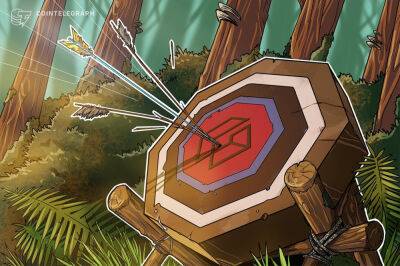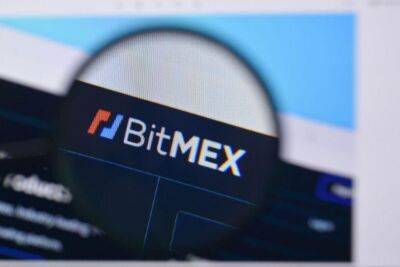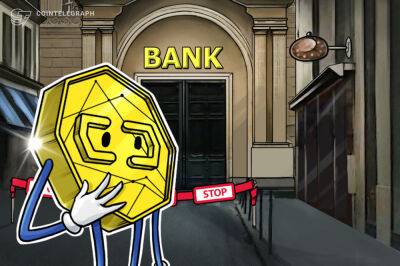NFT traders STEPN to a new groove — Is move-to-earn the future of fitness or another fad?
Axie Infinity was a pioneer of the play-to-earn movement and the project inspired new Web3 applications that aspire to apply the earning model to their respective ecosystems.
The latest project to join the move-to-earn movement is STEPN, a Solana-based Web3 application where owners of the NFT sneakers earn as they walk.
STEPN has programmed a few factors that determine just how much a person can make with its sneakers and the Green Satoshi Token (GST) is STEPN’s in-game token that currently trades for $7.30. Over the last 30-days the token has surged over 77%, but is it sustainable?
What’s interesting about the move-to-earn phenomenon is that it’s essentially a form of P2E since it gamified fitness through a digital asset (the sneaker). Regardless of how one slices it, NFT holders must engage in the application mechanics to receive the reward.
While STEPN might be racking up some serious profits for investors now, there are already a growing number of competitors emerging and new earning models could soon make it nothing more than a passing fad. Play-to-earn was all the rage in 2021 but now that movement is a mere shadow of its former self. This should lead investors to question the sustainability of the move-to-earn trend.
Incentivizing behavior is not a novel concept, especially in the health and fitness space. In fact, SweatCoin, a project founded in 2018, was one of the first applications that would pay its users digital currency to exercise.
There are other crypto fitness applications such as Dotmoovs, Calo and Step, each with their respective in-app reward tokens. This means that STEPN isn’t pioneering the movement, but it could be revitalizing it.
The project is currently in beta with new users requiring a code to
Read more on cointelegraph.com


















